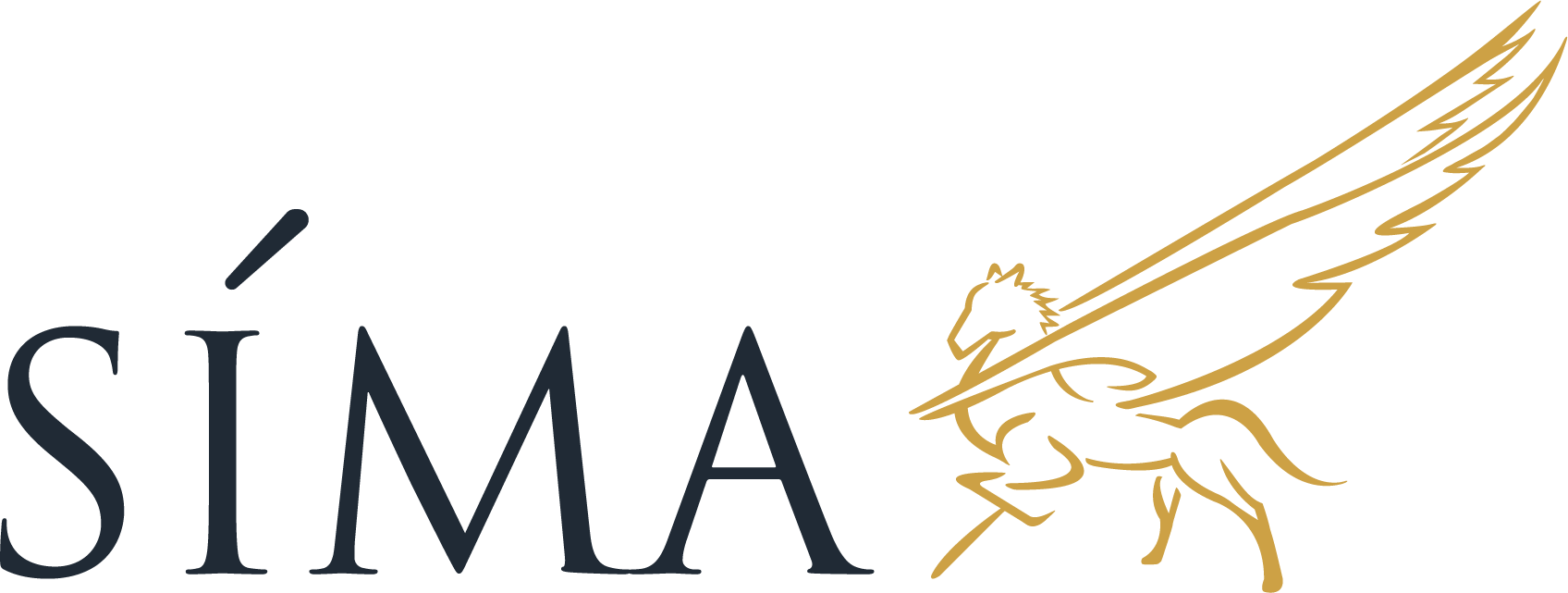
When handling employee transitions, it’s important to make sure that any changes are promptly and accurately communicated to COBRA providers. For growing companies, this process can be more complex, but getting it right is essential to maintaining compliance so that staff continue to have access to their employee benefits.
In this article, we’ll cover best practices for keeping your COBRA updates in order, helping you manage these responsibilities smoothly and effectively.
The Importance of Timely Updates
Managing employee changes requires prompt and accurate updates to COBRA providers to comply with federal regulations and maintain uninterrupted healthcare coverage for employees.
COBRA, or the Consolidated Omnibus Budget Reconciliation Act, requires that eligible employees who lose their jobs or face a reduction in hours be given the option to maintain their employer-provided health insurance. The option for continuation is essential for employees and their families, making it imperative for employers to handle all updates accurately and within specified timelines.
Delays or errors in communication can result in significant penalties and potential disruption of healthcare coverage for former employees. COBRA’s stringent requirements mean that any missteps can have major implications, both legally and in terms of employee well-being.
Establishing a Reliable Notification Process
Managing COBRA updates effectively starts with establishing a reliable notification process to communicate employee changes to COBRA providers without delay. This process begins with a clear understanding of what constitutes a qualifying event under COBRA, such as termination of employment, reduction in work hours, or specific events such as an employee’s death or divorce.
A 30-day window is provided for employers to notify the COBRA plan administrator following a qualifying event. If the employer is also the plan’s administrator, the timeframe to issue the COBRA Election Notice to the employee extends to 44 days.
The notice informs the employee of their right to continue healthcare coverage and provides instructions on how to elect for this continuation. Given the strict timelines, having a streamlined process for gathering, verifying, and relaying all necessary information is essential.
Your broader process should include multiple checkpoints to confirm the accuracy surrounding employee benefits. For example, HR teams should:
- Verify the details of the qualifying event
- Confirm that the correct employee information is on file
- Make sure the right forms are completed
- Send to a COBRA provider within the required timeframe
Maintaining Thorough Documentation of Employee Benefits
Employers must keep detailed records of all COBRA communications, including employee notices, returned election forms, and any correspondence with COBRA providers. Thorough documentation serves as evidence of compliance and can help prevent disputes with former employees about their coverage.
Some essential documents to maintain include:
- COBRA General Notice, which informs employees of their COBRA rights when they first enroll in the health plan.
- COBRA Election Notice, which is sent after a qualifying event.

It’s also important to keep records of any correspondence with the COBRA provider regarding the termination of coverage, changes in coverage options, or other relevant updates. Employers should store and organize these documents securely and make sure they can be readily accessed if needed.
Many companies find it helpful to use digital record-keeping systems that allow for quick retrieval of documents and deliver an added layer of security. In addition, tracking all communications and retaining copies of every notice sent can demonstrate that legal obligations have been met.
Regularly Reviewing and Updating COBRA Procedures
COBRA regulations are subject to change, and states may have additional “mini-COBRA” laws that impose further requirements on employers. To stay compliant, it is necessary to regularly review and update COBRA procedures to reflect any changes in federal or state regulations.
This includes staying informed about new legislation as well as any updates to existing laws that may impact an employer’s obligations. Beyond keeping up with legal changes, it’s also good practice to periodically review internal COBRA processes to identify areas for improvement.
This might involve auditing the notification process, verifying that all records are up to date, and confirming that all team members involved in COBRA administration are fully trained and aware of their responsibilities.
Conducting regular reviews can help spot potential issues before they turn into bigger issues. If there have been delays in issuing COBRA notices or errors in the information provided to COBRA providers, corrective action can be taken to address these issues.
Best Practices for Managing COBRA Updates
Managing your COBRA updates appropriately is essential to staying compliant and in line with the law. Because of this, employers should consider the following best practices to effectively manage COBRA updates:
- Track Key Dates: Maintain a detailed calendar of all important COBRA-related dates, including qualifying events, notices that need to be sent, and coverage ends. This practice helps meet all deadlines and avoid compliance issues.
- Use a Dedicated HR System: Implementing a reliable HR management system that automates parts of the COBRA notification process can reduce the risk of errors and help updates get sent out promptly.
- Conduct Regular Training: HR personnel involved in COBRA administration should receive training on the latest regulations and best practices.
- Communicate Clearly with Employees: Employees should fully understand their COBRA rights and the steps they need to take to continue their coverage. Doing so can help avoid misunderstandings and allow for a smooth transition when a qualifying event occurs.
- Review and Audit Your Processes: Regularly reviewing COBRA procedures helps confirm that they are up to date and comply with existing laws.
Maintaining COBRA Compliance

Effectively managing COBRA updates is essential for maintaining compliance and guaranteeing that your employees’ healthcare coverage remains intact during transitions. Staying proactive and informed about regulatory changes will help protect your company from potential penalties and provide your employees with the security they need during uncertain times.
At SIMA Benefits Consulting Group, we understand exactly how essential it is to stay compliant with COBRA regulations. Our white glove services include trusted vendor partners providing a range of financial services designed to support your organization’s needs, including assistance with maintaining COBRA compliance.
To learn more about how we can help, reach out using our contact form or call us at 1-(804)-285-5700.
